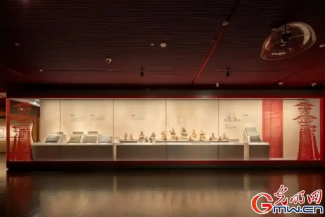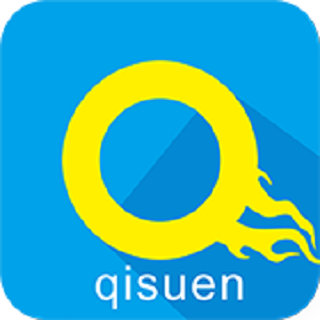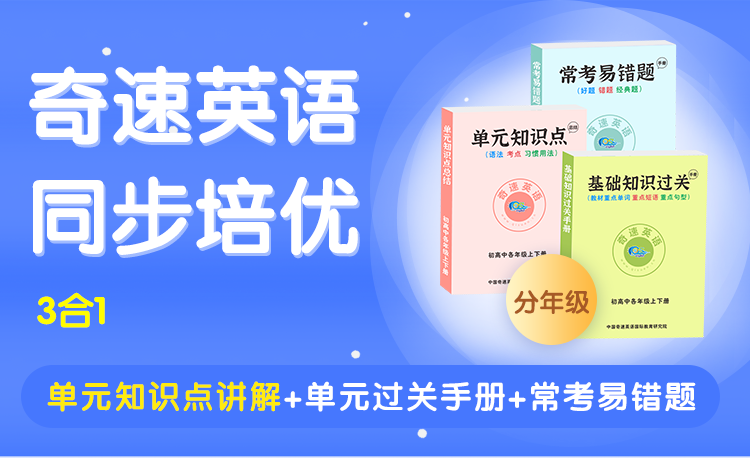
A special exhibition at the National Centre for the Performing Arts’ exhibition hall in Beijing lets visitors hear sounds from ancient Chinese civilizations. Running from May 25 to August 17, “Melodies Between Mountains and Rivers: Selected Historical Musical Relics from Sichuan and Chongqing Regions” displays over 200 precious cultural objects from museums across Sichuan and Chongqing.
These artifacts share the rich musical and dance history of these regions. Li Bei, an expert from the Sichuan Museums Association, explains that the exhibition helps protect special local traditions while introducing them to new audiences. Most importantly, it helps young people connect with their cultural roots.
Among the oldest items is a pottery rattle found in Chongqing in 1959. Made over 5,000 years ago during the Neolithic Age, it offers a direct sound link to early Chinese music. Visitors can imagine how ancient people used such instruments in daily life and special events.
The exhibition also features impressive bronze bells from the Warring States period (475-221 BC). These bells, important for ceremonies, show the advanced metalworking skills of ancient China. One special bell found in Sichuan has detailed cicada designs. Experts note that these bells represent how music connected to both government activities and spiritual practices.
Dance history comes alive through clay figures. A particularly interesting piece is an Eastern Han Dynasty (AD 25-220) brick painting discovered in Sichuan. It shows a female dancer moving gracefully on drums and plates with a scarf in hand. Beside her, another dancer bends backward while a man juggles balls, capturing the lively spirit of performances from long ago.
Guqin instruments made by Sichuan’s famous Lei family form another key part. According to stories, Lei Wei, the family’s greatest maker, would listen to wind in mountain trees during snowfall to choose perfect wood for his instruments. Chongqing’s collection of over 50 guqin pieces, some from the Tang Dynasty (618-907), ranks among China’s finest.
The exhibition also celebrates Sichuan Opera’s development during the Ming and Qing dynasties through painted screens and clay figures. Traditional instruments from Sichuan’s ethnic groups like the Yi people’s moon lute and Qiang flutes further show the region’s musical diversity.
Wang Ban, vice-president of the center, states this is the first time Beijing has seen the thousand-year musical history of Sichuan and Chongqing. The exhibition builds a bridge between past and present, helping modern audiences feel the beauty of ancient music and dance.
原创编写 版权所有 侵权必究! 每日更新 个性化阅读 英语飙升!






 更多优质学习内容
更多优质学习内容



